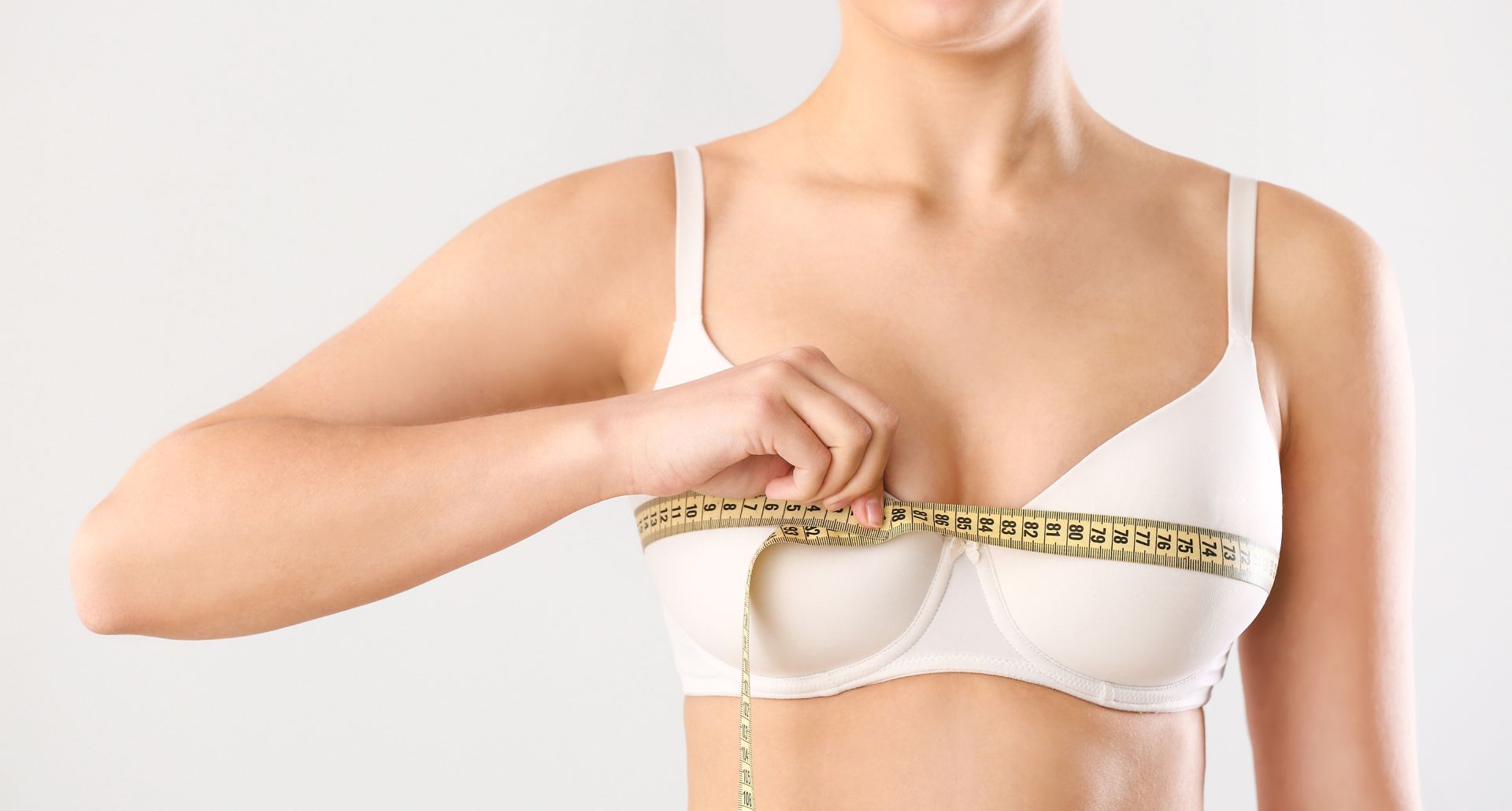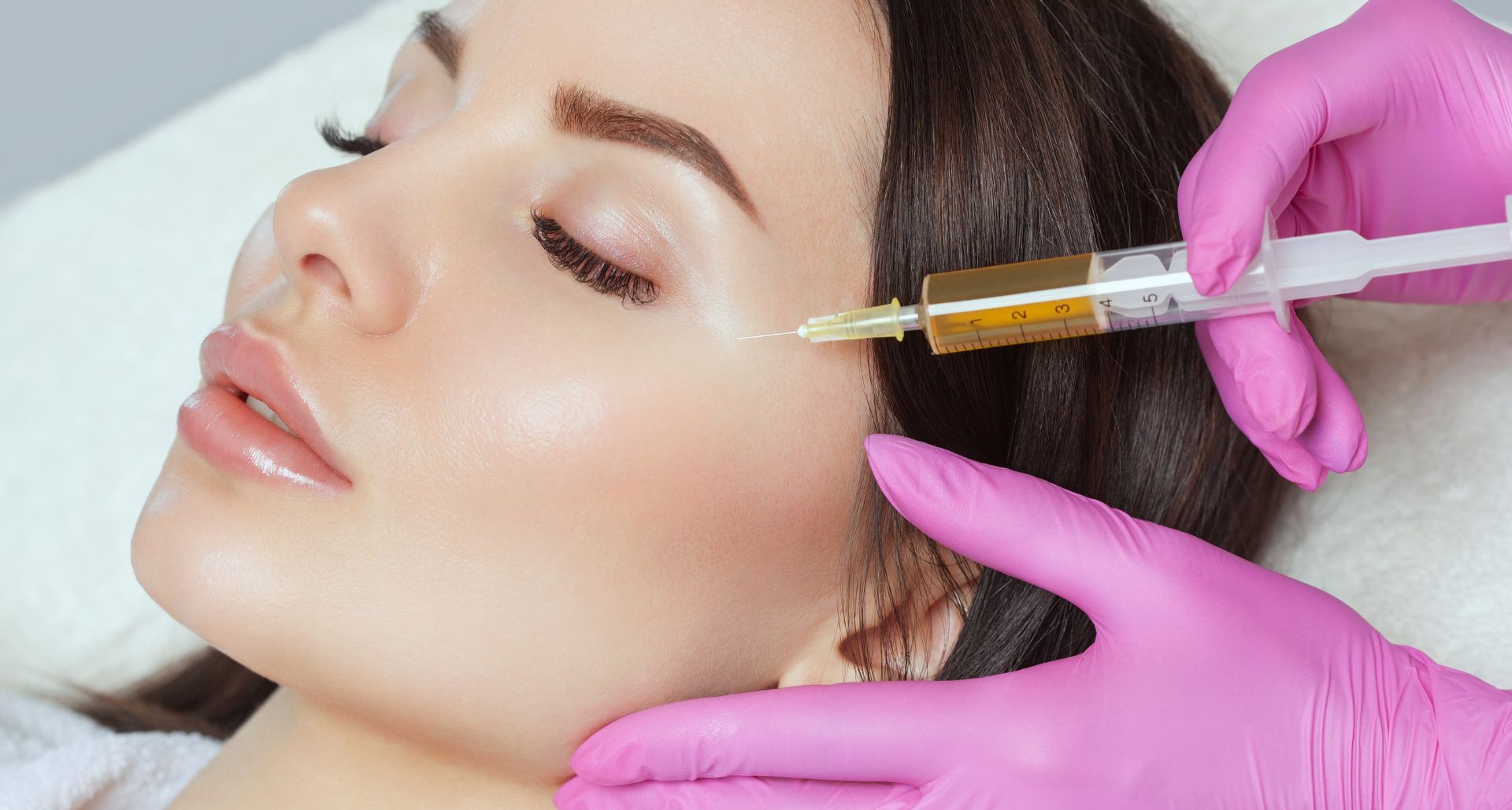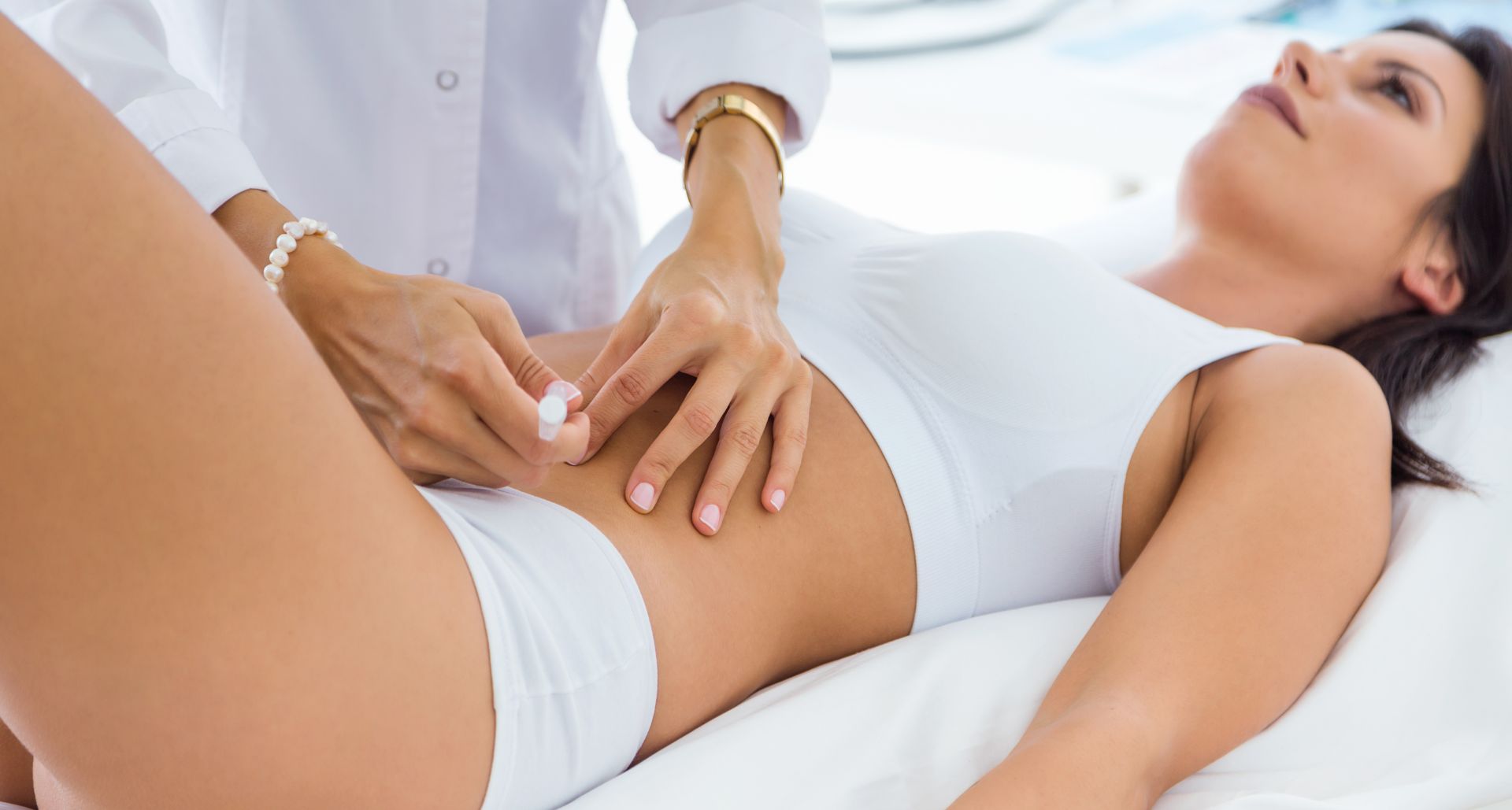Is Microneedling Good for Acne Scars?
Acne is the most common skin condition in the United States, and about 1% of the people struggling with the condition eventually develop acne scars. While only a small percentage of people get acne scars, this skin condition can have a major impact on their self-confidence and well-being.
Acne scars may very well be the worst dermatological condition one can have. Most of the time, the little red or dark marks left behind by moderate active scars resolve in time with exfoliation, topical treatments, and facials. However, deep, stubborn atrophic acne scarring seems to have made a pledge to never fade away.
Fortunately, science has brought us microneedling treatments and their power to heal or at least visibly reduce the appearance of scars.
What are atrophic acne scars?
Atrophic acne scars or post-acne atrophic scars are the facial scars that form below the upper layer of the skin tissue due to moderate to severe acne. Some people can also experience hypertrophic or keloid scarring developed when the skin is trying to repair itself and delivers excess collagen to the treated area. However, keloid scars usually appear on the chest, back, shoulders, and jawline.

Acne scars form when the acne pore swells and breaks the follicle wall. Most acne blemishes are small, and the body's natural healing process manages to repair the skin tissue with a boost in collagen production. However, when active acne is more severe and damages the surrounding skin tissue, the wound healing phase doesn't go as smoothly. Even though the skin tries to repair the damage by forming new collagen fibers, the skin doesn't heal perfectly, and acne scars are formed.
Atrophic post-acne scars are the result of inflammatory acne, accompanied by symptoms such as red and swollen skin. Active acne damages the skin, and to make things worse, people usually try to pick or pop inflamed acne, causing severe scars. There are three types of atrophic acne scars:
- icepick scars - cone-like shaped scars
- boxcar scars - square shape with sharp edges
- rolling scars - significant depressions in the lower cheek or jaw
How does microneedling treat acne scars?
The science behind microneedling is based on collagen stimulation. Microneedling or collagen induction therapy uses minuscule needles to gently puncture the skin (0.5 mm - 1 mm depth) and cause micro-injuries. The body increases the level of collagen in response to "aggression."
Skin microneedling therapy uses a device (microneedling pen) to create micro-wounds, but the body activates its normal process of wound healing and initializes collagen synthesis to heal them just like it would do with normal wounds.
Dermatologists and health care providers specialized in providing cosmetic treatments use the body's own healing power to treat and heal acne scars and promote skin rejuvenation. The needles penetrate the top layer of the skin to encourage an increase in collagen deposition, and the collagen acts as a filler and leads to an improvement of scar appearance. The skin is smoother, and the appearance of both scars and wrinkles is significantly reduced.

What are the side effects of microneedling?
Even though the procedure involves the use of needles, microneedling is one of the most effective minimally invasive procedures available. The skin microneedling treatment is often less invasive and safer than other in-office treatments developed to treat facial acne scars, but it does have its share of negative side effects.
Patients usually report some redness or inflammation the days after the procedure. Minor bruising is also common. Drinking more water the day before the microneedling appointment can help reduce the chances of bruising and inflammation. Among the more severe and rare side effects, you'll find peeling, bleeding, or infection. People with dark skin are predisposed to hyperpigmentation or discoloration, so it is very important to discuss the option with your dermatologist before undergoing microneedling.
Microneedling procedures are usually well-tolerated by most patients. Before the treatment, the health care provider applies a numbing cream on the skin to reduce any possible discomfort to a minimum. Patients are advised to avoid sun exposure after the microneedling sessions, but they can return to their usual activity within 24-hours of treatment.
Am I a good candidate for microneedling?
Most people can benefit from the efficacy of skin microneedling. However, certain individuals should avoid exposing their skin to the skin microneedling technique. Usually, people who scar easily or have active skin inflammation, such as rosacea or eczema, should discuss this treatment modality with their physician. Furthermore, pregnant women or people who have recently had skin radiation therapies should avoid microneedling.
Microneedling for acne scars often requires more than just one session. The response to skin microneedling varies depending on the number of treatments and severity of the acne scars. If the patient has moderate acne scars, one microneedling session every four weeks should be enough. Each session lasts about 30 minutes. The number of necessary sessions will be decided during the initial consultation, but the average number of sessions is usually three or four.

Are the results of microneedling for acne scars permanent?
Microneedling is an effective treatment for acne scars and has plenty of benefits for people of all skin types. Besides playing an important part in any atrophic acne scar treatment, microneedling may be used for reducing wrinkles, skin tightening, evening out skin texture, and treating hypertrophic scars. Most patients notice a reduction in acne scars after the first treatments, and the effect is usually accompanied by improvement in skin texture and overall skin rejuvenation.
While the results of microneedling for acne scars are permanent, most patients need yearly follow-up treatments. Following the procedures, the skin will have an even tone and texture, and scars will be lessened. Patients suffering from severe scarring or deep surgical scars may not notice dramatic results, but the procedure does improve the aspect of their scars.
For the best results, many dermatologists and health care providers may recommend a combination of microneedling with platelet-rich plasma. Platelet-rich plasma injections are one of the most popular cosmetic procedures among people looking for dramatic skin rejuvenation. When combined with microneedling, the plasma manages to penetrate the deeper layers of the skin, increasing the collagen content delivered to the micro-injuries and accelerating the healing process.
Microneedling for Acne Scars in Tampa
Visit our facility in Tampa Bay for a consultation where we'll review your skin type, your acne scars and their severity to develop a treatment plan that will reduce the appearance of your scars. Prime Aesthetica is the best medical spa in Tampa and we have multiple options for addressing acne scars including microneedling and laser skin resurfacing. If you're in the Tampa area, contact us today to learn what your options are and how we can help.
Search





